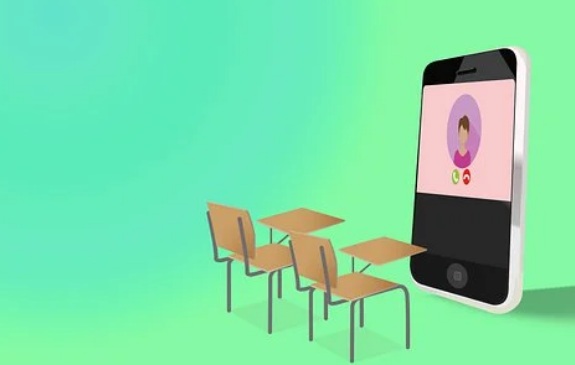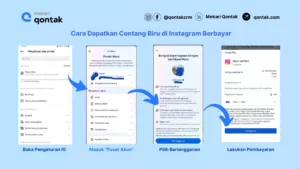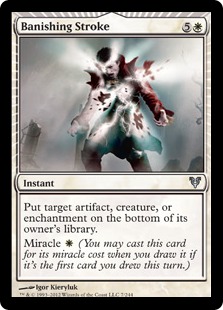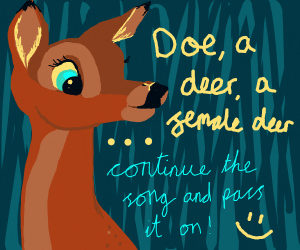
Understanding the Difference Between Oralism and Manualism in Deaf Education
Deaf education is a diverse field that encompasses various approaches to teaching and communication for individuals who are deaf or hard of hearing. Among the different methodologies used, two prominent ones are oralism and manualism. Understanding these approaches is crucial for creating inclusive and effective learning environments for deaf students.
What is Oralism?
Oralism is an educational philosophy that emphasizes the use of spoken language and lip-reading as the primary mode of communication for deaf individuals. In oral education programs, students are encouraged to develop their speech and listening skills through intensive speech therapy and auditory training. The goal of oralism is to integrate deaf individuals into the hearing world by teaching them to communicate through speech.
The Pros and Cons of Oralism
Pros: Proponents of oralism believe that teaching deaf individuals to speak and lip-read can help them better navigate mainstream society and improve their job prospects. By focusing on spoken language, oralism aims to reduce the communication barriers between deaf and hearing individuals.
Cons: Critics argue that oralism can be restrictive and challenging for some deaf students, as it disregards the natural use of sign language. Additionally, not all deaf individuals can develop speech and lip-reading skills to a level that allows for effective communication in all settings.
Exploring Manualism
Manualism, also known as sign language education, prioritizes the use of sign language (such as American Sign Language) as the primary mode of communication for deaf individuals. In manual education programs, students learn sign language grammar, vocabulary, and linguistic features to effectively communicate with others who use sign language.
The Pros and Cons of Manualism
Pros: Manualism promotes the use of a natural and visual language for deaf individuals, allowing for more accessible and culturally relevant communication. Sign language is an integral part of Deaf culture, and manual education programs help students connect with their identity and community.
Cons: Critics of manualism argue that focusing solely on sign language can limit deaf individuals’ access to the mainstream hearing world. Some employers may prefer candidates who are proficient in spoken language, which can pose challenges for deaf individuals educated through manualism.
Which Approach is Best?
While both oralism and manualism have their strengths and weaknesses, there is no one-size-fits-all approach to deaf education. The best approach for a deaf individual depends on various factors, including their communication preferences, access to resources, and personal goals. Some individuals may benefit from a combination of oral and manual approaches to communication.
FAQs
Q: Can a deaf person choose between oralism and manualism?
A: Yes, deaf individuals or their caregivers can choose the educational approach that aligns best with their values, preferences, and needs. It’s essential to consider factors like language development, cultural identity, and social integration when selecting an educational program.
Q: Are there hybrid approaches that combine oralism and manualism?
A: Yes, some schools and programs incorporate elements of both oralism and manualism to provide a well-rounded educational experience for deaf students. These hybrid approaches aim to leverage the benefits of both communication methods while addressing individual students’ unique needs.
Conclusion
Ultimately, the choice between oralism and manualism in deaf education is a deeply personal one that should prioritize the deaf individual’s communication preferences, cultural identity, and aspirations. By understanding the nuances of each approach and considering the individual needs of deaf students, educators and caregivers can create inclusive learning environments that support deaf individuals in reaching their full potential.
Whether opting for oralism, manualism, or a combination of both, empowering deaf individuals with effective communication skills is key to fostering their academic success and overall well-being.
Source Image: 5.imimg.com

Source Image: slideplayer.com
Manualism vs Oralism debate | British Deaf News * What Is The Difference Between Oralism And Manualism? When it comes to teaching deaf individuals, two main schools of thought have emerged: oralism and manualism. Both approaches have their strengths and weaknesses, and the choice often depends on the specific needs and preferences of the student.










